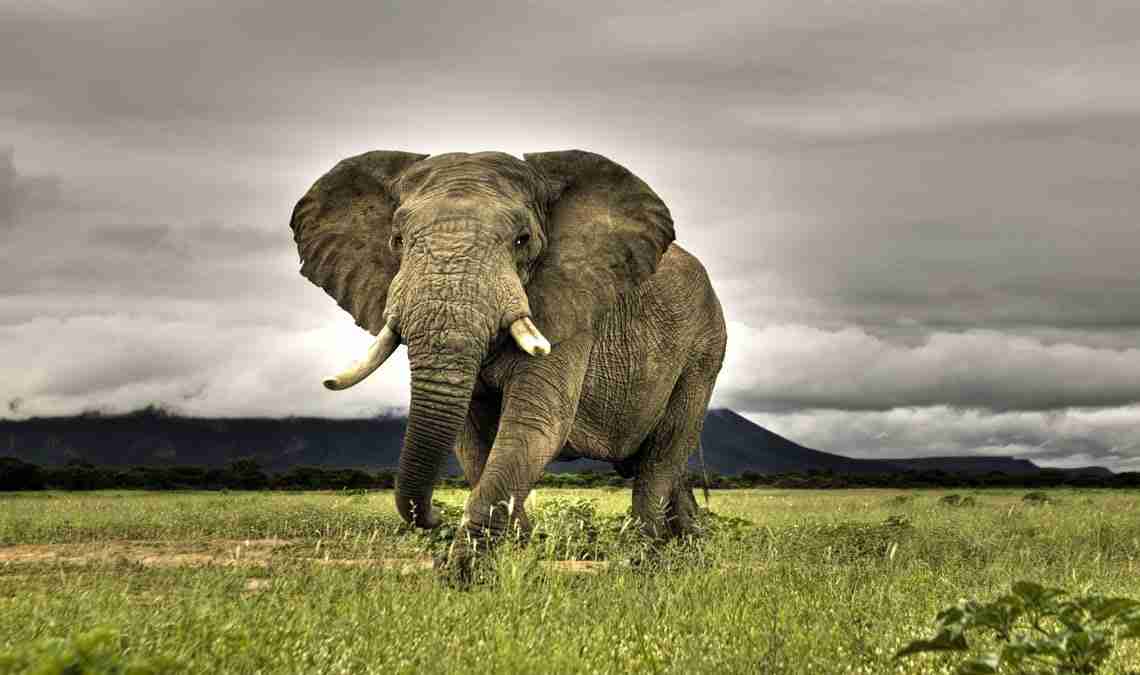How would the world be without man?


One day, in modern times, a good man met a wolf. He was fascinated by the wild nature of the animal staring at him warily with deep eyes. They stood looking at each...
Article & Photoby Marco ColomboNaturalist, photographer and science communicator
We hear and read many things, about wolves: they have been reported, they have been...